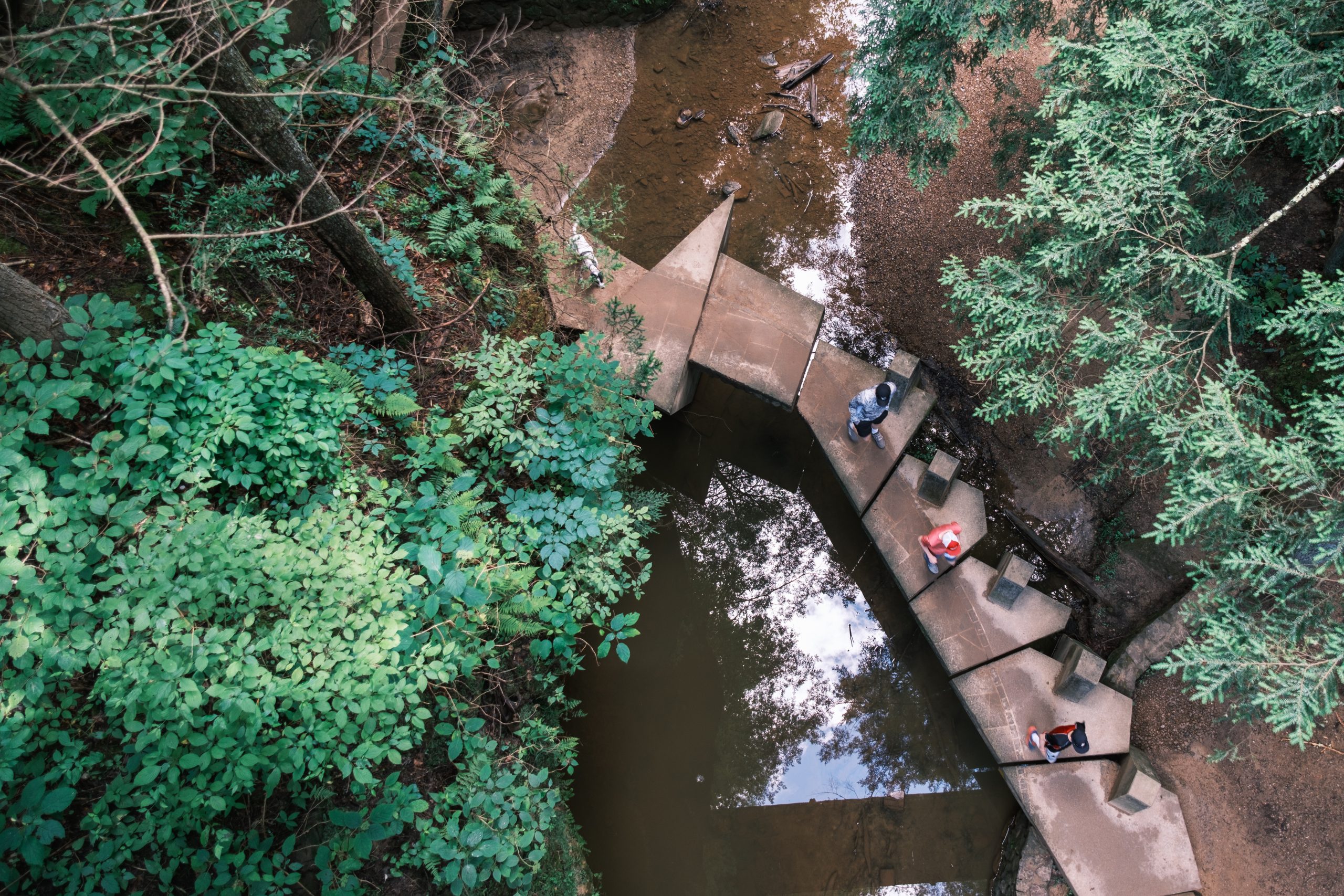The Hocking Hills region in southeastern Ohio got its name from the Hocking River, which runs through the area. The name “Hocking” originates from the Delaware Indian word “Hockhocking,” meaning “bottle river.” This name was given due to the bottle-shaped gorge formed by the upper falls of the Hocking River near Lancaster, Ohio.
The Origin of the Name “Hocking Hills”

The Delaware Indians, who lived in the area, referred to the river as “Hockhocking” because of its unique shape. The name was later shortened to “Hocking” by European settlers. The Hocking Hills region, known for its natural beauty and unique geological features, was named after this river.
Native American Influence on the Name

The region’s history dates back to the Adena culture, which inhabited the area over 7,000 years ago. Later, other Native American tribes such as the Wyandot and Shawnee also lived and hunted in the region. The Delaware Indians were the primary tribe that gave the Hocking River its distinctive name, which eventually led to the naming of the Hocking Hills.
European Settlement and Outdoor Popularity
The area was eventually settled by European pioneers in the late 1700s and became a popular destination for outdoor activities like hiking and picnicking. The unique geological features and natural beauty of the Hocking Hills region have made it a popular destination for outdoor enthusiasts over the years.
Hocking Hills State Parks and Forests
Today, the Hocking Hills region is home to several state parks, forests, and natural preserves, offering a wide range of outdoor activities and opportunities to explore its natural beauty. These include:
| State Park/Forest | Key Features |
|---|---|
| Hocking Hills State Park | Waterfalls, caves, and hiking trails |
| Conkle’s Hollow State Nature Preserve | Steep-sided gorge and unique rock formations |
| Rockbridge State Nature Preserve | Natural rock bridge and scenic overlooks |
| Boch Hollow State Nature Preserve | Diverse plant and animal life |
The Hocking Hills region’s rich history, natural wonders, and outdoor recreation opportunities have made it a beloved destination for both locals and visitors alike.
Conclusion
The Hocking Hills region in Ohio got its name from the Hocking River, which was named by the Delaware Indians due to the bottle-shaped gorge formed by the upper falls. This unique geological feature inspired the “Hockhocking” or “Hocking” name, which has endured through the region’s history and development as a popular outdoor destination.
